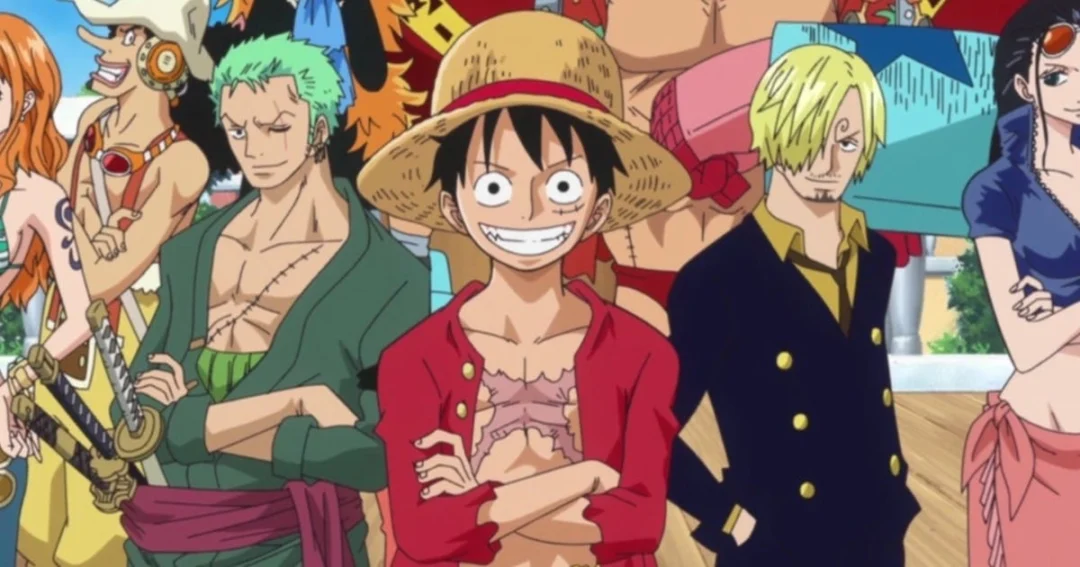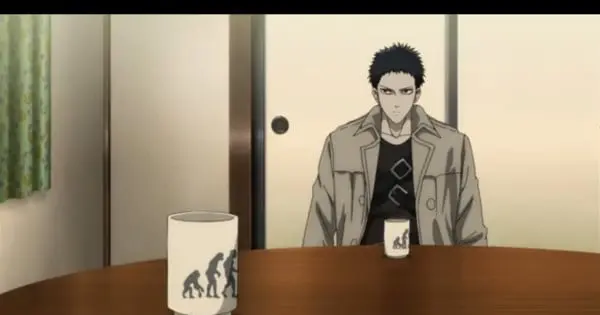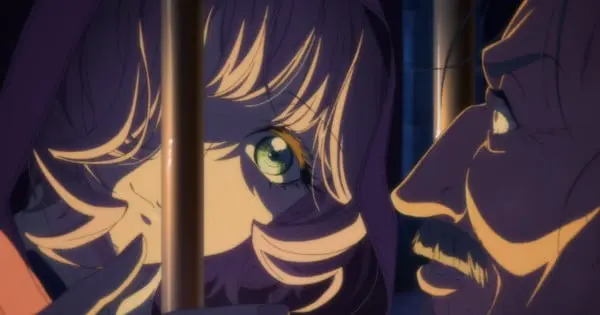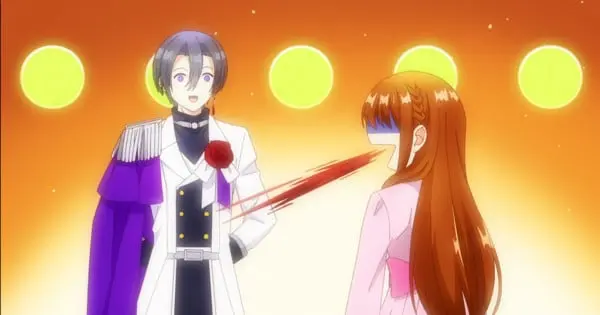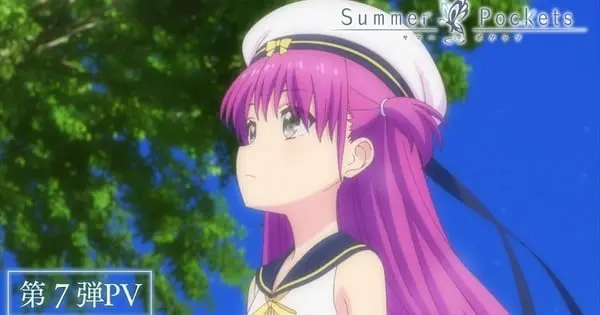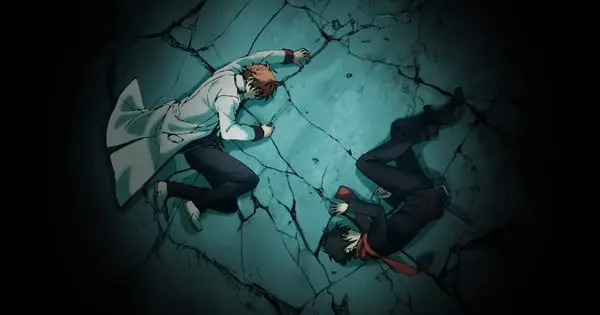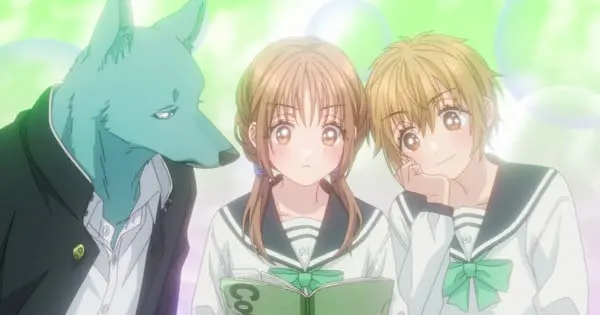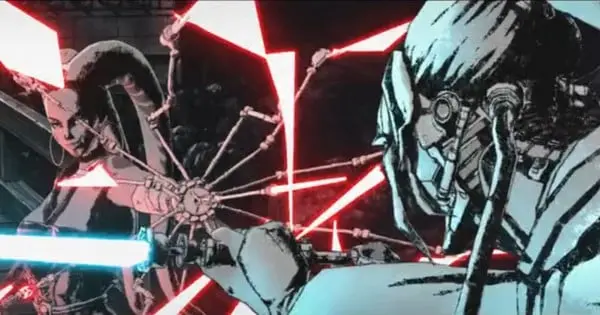The “Witch Watch” anime series, a fantastical romantic comedy adapted from Kenta Shinohara’s popular manga, continues to charm audiences with its blend of magical misadventures and heartwarming cohabitation. Episode 14, which premiered on July 6, 2025, presented a distinctive shift in narrative focus, diverging from the usual escapades of its main protagonists, Nico Wakatsuki and Morihito Otogi, to explore two compelling, tangential storylines: an intense segment from the in-universe “Uron Mirage” series and a meta-commentary on manga creation through the lens of a teacher and student duo. This structural choice offered viewers a deeper dive into the richly imagined world of “Witch Watch,” showcasing its capacity for diverse storytelling and its playful engagement with the broader anime and manga landscape.
The “Uron Mirage” Phenomenon: A Battle Within a Comedy
The most striking element of “Witch Watch” Episode 14 was its dedication of the first segment to “Uron Mirage,” an action-packed shonen battle series that exists as a highly popular manga within the “Witch Watch” universe itself. This segment, titled “Uron Mirage Chapter 119: Fuzzy Hunt – Part 4” or “Fuzzy Subjugation -4,” served as a standalone narrative, meticulously crafted with its own distinct tone and character dynamics, even featuring an original opening and ending theme specifically for this “show within a show.” This meta-fictional approach immediately set Episode 14 apart, demonstrating the creative ambition of the “Witch Watch” production committee.
The plot within this “Uron Mirage” segment thrust viewers into a tense, mission-driven scenario. Characters Utsuro, Oboro, Sagiri, and Zack arrive at an abandoned research facility, ostensibly on a dangerous assignment. Utsuro and Oboro, depicted as rookies, are initially instructed to remain behind, a directive that quickly establishes their roles and inherent personalities. Oboro, characterized by his “lone wolf” demeanor and a keen awareness of ranking, rebels against this order, directly confronting Zack. This defiance serves as a catalyst, as an unforeseen enemy suddenly appears behind Zack, escalating the stakes and plunging the characters into immediate peril.
The dynamic between these “Uron Mirage” characters offers a stark contrast to the more lighthearted, comedic interactions typically found in the main “Witch Watch” narrative. Utsuro is portrayed with a catchphrase of “go in one go,” hinting at a direct and perhaps impulsive nature, while Oboro’s ambition and rivalry with Utsuro are highlighted. Sagiri, a senior to the rookies, intentionally delivers cynical remarks, suggesting a harsh but ultimately guiding mentorship style designed to toughen them. Zack, though less detailed in initial summaries, appears to be a more experienced operative leading the charge. The unfolding conflict, with its clear “shonen battle” hallmarks, explores themes of insubordination, unexpected threats, and the raw intensity of combat, even if presented as a fictional work within the overarching series. The unexpected effort put into animating this segment, complete with dedicated thematic music, underscored its significance as more than just a passing gag, solidifying “Uron Mirage” as a tangible, high-quality production within the “Witch Watch” world.
From Fandom to Partnership: Makuwa and Ureshino’s Creative Journey
Following the action-packed “Uron Mirage” sequence, “Witch Watch” Episode 14 transitioned to a segment that provided a charming and insightful look into the creative process and the bonds formed through shared passions. This second part focused on Yuri Makuwa, a teacher, and Kukumi Ureshino, her student, both of whom are avid fans of the “Uron Mirage” manga. Their interactions offered a meta-commentary on the world of fandom, amateur creation, and the delicate balance between honest critique and encouragement.
The narrative reveals Ureshino’s burgeoning artistic endeavors, as she begins creating her own “Uron Mirage” doujins, or fan-made comics, and eagerly seeks feedback from Ms. Makuwa. This scenario immediately resonates with anyone familiar with fan culture, highlighting the desire to engage with beloved fictional worlds beyond passive consumption. Ms. Makuwa, while deeply appreciating Ureshino’s enthusiasm, finds herself in a nuanced position. As a teacher and a fellow fan, she aims to foster Ureshino’s talent, yet she also recognizes the nascent quality of her student’s first fan works.
The episode cleverly depicts Ms. Makuwa’s internal conflict and her solution: offering effusive, sugar-coated praise directly to Ureshino, while later providing more constructive, unvarnished criticism under the anonymity of an online persona. This subtle act of mentorship underscores the complexities of nurturing young talent—the need for encouragement to keep the passion alive, combined with honest feedback essential for growth. Crucially, Ureshino’s reaction to discovering Ms. Makuwa’s dual identity is one of understanding and even greater connection. Rather than feeling annoyed by the criticisms or the secrecy, she perceives it as proof of their shared dedication and a reason to deepen their friendship. This revelation culminates in Ureshino proposing a collaborative venture, with her as the artist and Ms. Makuwa as the writer, transforming their shared fandom into a potential creative partnership.
This segment, while seemingly a lighter, slice-of-life interlude, carries significant thematic weight. It explores the themes of mentorship, the pursuit of artistic aspirations, and the unique bonds forged through shared interests. It also subtly critiques the dynamics of online and offline interactions, showcasing the different forms feedback can take. More broadly, it serves as a love letter to the manga and anime community, acknowledging the passionate engagement of fans and the journey from consumption to creation.
Contextualizing Episode 14 within “Witch Watch”
“Witch Watch” primarily revolves around the daily lives and magical mishaps of Nico Wakatsuki, a young witch-in-training, and Morihito Otogi, a high school student with ogre powers tasked with protecting her from a prophesied calamity. Their cohabitation, marked by Nico’s unpredictable magic and Morihito’s steadfast responsibility, forms the core of the series’ fantastical comedy. Given this established premise, Episode 14’s departure from the main duo might initially seem unusual. However, it serves several important purposes within the broader context of the series.
Firstly, the “Uron Mirage” segment enriches the “Witch Watch” universe by illustrating its depth beyond the immediate confines of Nico and Morihito’s household. By presenting a fully fleshed-out “fictional” series within its own world, “Witch Watch” enhances its realism and provides a relatable element for its audience, many of whom are familiar with the vibrant fandom culture being portrayed. It also allows the creators to experiment with different genres and tones without deviating entirely from the core identity of “Witch Watch.” The inclusion of characters like Utsuro, Oboro, Sagiri, and Zack, even if temporary, expands the comedic and narrative possibilities of the series, hinting at a wider magical world.
Secondly, the segment featuring Makuwa and Ureshino subtly reinforces the themes of passion and the pursuit of dreams that permeate “Witch Watch.” Just as Nico is dedicated to her witch training and Morihito to his duty, these characters are driven by their love for “Uron Mirage” and their desire to create. This resonates with the broader message of the series, even if presented through the lens of side characters. It also provides a meta-narrative layer, allowing “Witch Watch” to comment on its own medium and the relationship between creators and consumers.
Production and Global Reach
“Witch Watch” is animated by Bibury Animation Studios, known for their work on series like “The Quintessential Quintuplets.” Hiroshi Ikehata directs the anime, bringing his vision to Shinohara’s manga, with music composed by Yukari Hashimoto. The series began its broadcast in Japan on April 6, 2025, and has since garnered a global audience through various streaming platforms.
Episode 14’s release continued this global availability, premiering on July 6, 2025, in Japan and subsequently becoming accessible to international viewers on platforms such as Netflix, Crunchyroll, and Hulu in regions like the United States, Canada, France, and Southeast Asia. The widespread availability ensures that fans worldwide can follow the series and engage with its unique narrative choices, like those presented in Episode 14. Initial reception from some viewers has noted the unconventional structure, particularly the “show within a show” segment, with some expressing surprise or differing opinions on its relevance to the main plot, though others appreciated the creative risk and the exploration of new dynamics.
In conclusion, “Witch Watch” Episode 14 stands out as a memorable installment in the series, not for advancing the main storyline of Nico and Morihito, but for its adventurous foray into meta-narrative and character exploration. By dedicating significant portions to “Uron Mirage” and the creative journey of Makuwa and Ureshino, the episode broadened the scope of the “Witch Watch” universe, showcasing its comedic versatility and its insightful commentary on fandom and artistic endeavor. It served as a testament to the series’ willingness to experiment, offering viewers a rich, multi-layered experience that extended beyond its central magical comedy premise.

